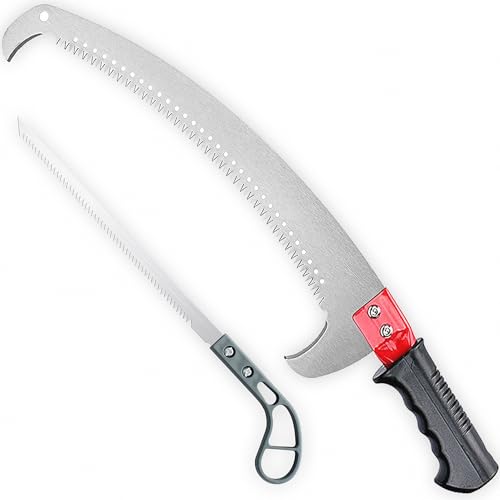oregoncutter
ArboristSite Operative
What?
I am not trying to sound like a royal PECKER, but after reading some of You're posts I wonder if are You for real, or just someone kidding around? If that's You're real mindset You probably would'nt last long working near me. Litteraly. Arrogance and Ignorance are a bad combination!
someday i will get on fireline as a cutter. ill be the best.
I am not trying to sound like a royal PECKER, but after reading some of You're posts I wonder if are You for real, or just someone kidding around? If that's You're real mindset You probably would'nt last long working near me. Litteraly. Arrogance and Ignorance are a bad combination!
Last edited:


























































